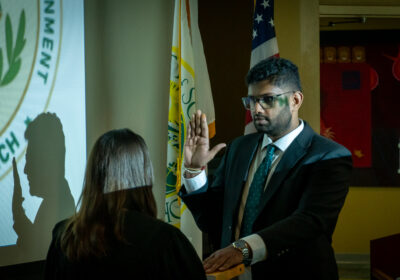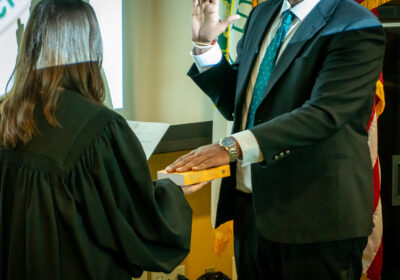Are your student loans in danger?

So, what exactly is happening with student-loan providers in the U.S.?
More than 120 private-sector lenders have ceased to offer college loans, saying that these loans are not profitable enough.
Does this mean students can’t get loans?
Not quite. Though the number of private lenders is shrinking, that doesn’t mean public providers are no longer available. A full list of public providers, which offer loans subsidized by the government, is available on the Office of Financial Aid’s Web site.
Are lenders leaving USF?
Kind of. Many lenders have stopped lending to specific universities, but no bank has announced withdrawal from USF exclusively, said Billie Jo Hamilton, director of financial aid. Those that no longer lend privately at USF have made the decision nationwide.
USF is not having any problems because USF students tend to be responsible borrowers, Hamilton said.
“We’re not seeing any lenders come and specifically deny (USF),” she said.
Are there options besides private loans?
In addition to scholarships and federal grants, qualifying students have access to need-based federal Stafford loans, which have increased from last year’s amount of $2,500 to $3,489 for the fall semester.
Why is the preferred lender’s list shorter this year?
The list has decreased from 13 providers last year to seven this year. These aren’t the only options, but they are USF’s preferred option.
It is a federal requirement that every year the financial aid office does a survey of the lenders on its list. They choose from the lenders that have been the most responsive to students and those that process loans electronically.
The University will process any lender that a student brings, Hamilton said.






